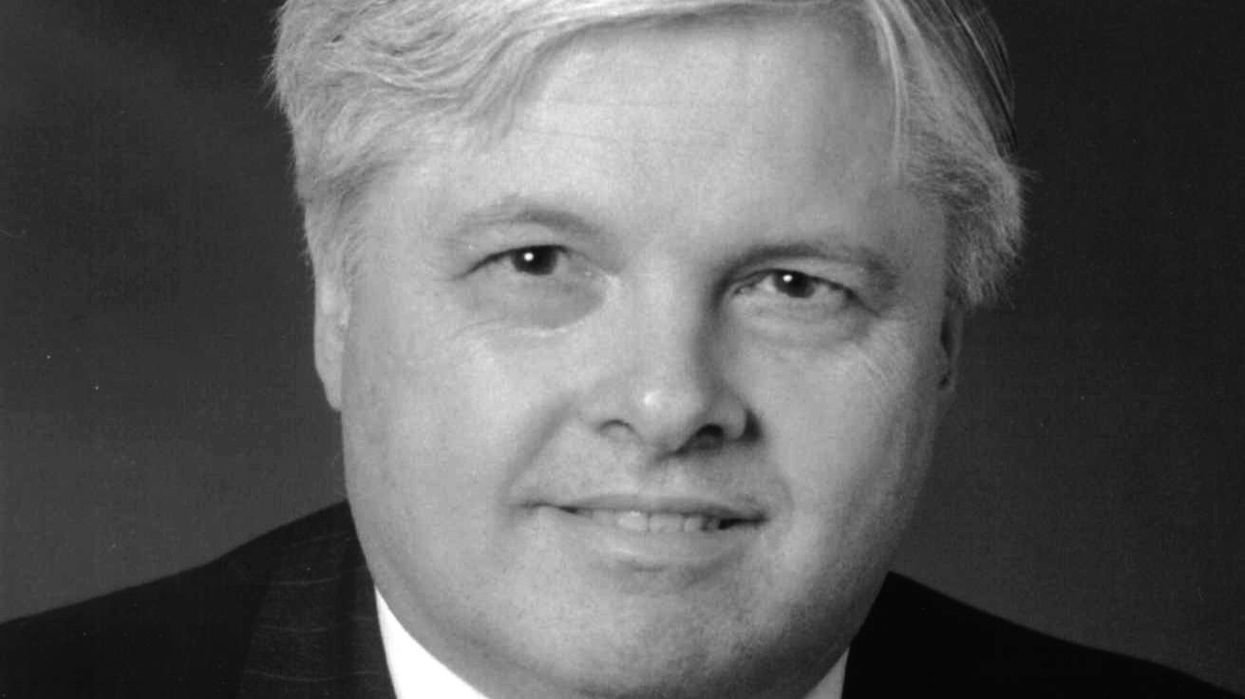Remembering Former IEEE President Ken Laker

Ken Laker, the 1999 IEEE president, died on 2 August at the age of 76.
Laker worked with the IEEE Board of Directors in the early 1990s to purchase personal computers for the organization's leaders to make it easier to conduct IEEE business via the Internet. Later, he led the creation of the IEEE Virtual Museum (now the Engineering and Technology History Wiki), an online repository of educational content.
Also a philanthropist, he helped establish the annual IEEE Presidents' Scholarship to acknowledge a deserving student whose project demonstrates an understanding of electrical or electronics engineering, computer science, or other IEEE field of interest. The US $10,000 scholarship is administered by IEEE Educational Activities and is payable over four years of undergraduate university study.
Laker was a member of the IEEE Heritage Circle, which recognizes those who make ongoing and generous donations to the IEEE Foundation, the organization's philanthropic partner.
In addition to sharing his time and talents with IEEE, he was a professor of electrical engineering for 35 years at the University of Pennsylvania, in Philadelphia.
He also was cofounder and chief executive of DFT Microsystems, a semiconductor company based in Montreal.
Contributions at Bell Labs and at PennHe received his bachelor's degree in electrical engineering in 1969 from Manhattan College, in Riverdale, N.Y. While there, he completed the Reserve Officers' Training Corps program, which prepares students to become leaders in the U.S. military. Upon graduation he was commissioned as a second lieutenant in the Air Force.
He went on to earn master's and doctoral degrees in EE in 1970 and 1973 from New York University, in New York City.
After graduating in 1973, Laker joined the Air Force Research Laboratory, in Bedford, Mass., as a researcher who investigated military applications of surface acoustic wave devices. He left in 1977 to join Bell Labs, in Holmdel, N.J., as a member of the technical staff. He conducted and supervised research and development of analog and digital application-specific integrated circuits.
Laker joined the University of Pennsylvania in 1984 as an EE professor. During the next three decades, he conducted pioneering research in mixed-signal integration systems and taught classes in very-large-scale integration circuits and systems, as well as leadership, engineering design, and intellectual property protection and management.
He co-authored four textbooks on microelectronic systems.
In 2000 he helped found DFT, which manufactured test equipment for high-speed semiconductor interfaces. He served as its CEO for two years. He retired in 2019.
Introducing Web-based servicesLaker joined IEEE in 1968 as an undergraduate. He later became a member of the IEEE Solid-State Circuits and IEEE Circuits and Systems societies. He served as the 1983 CAS president.
In 1993, while serving as Division I director, he was involved in the early stages of modernizing IEEE operations and processes with networked computers and Internet access.
He later was named chair of the new IEEE Electronic Services Steering Committee, which oversaw the purchase of computers for all IEEE Board members to digitize thousands of IEEE documents. Committee members also worked on the first system to digitize IEEE's membership renewal process.
As IEEE president, Laker helped further expand the organization's Web-based services. He worked with the IEEE Publication Services and Products Board to develop a blueprint for the IEEE Xplore Digital Library. IEEE Xplore, launched in May 2000, remains a leading resource for scientific and technical information, providing online access to the full-text versions of more than 6 million documents.
In the late 1990s, Laker joined the IEEE History Committee and worked with other volunteers to develop the IEEE Virtual Museum, a Web-based archive of articles, videos, and audio recordings highlighting significant technological advancements. Later, that content was migrated to IEEE's Global History Network, which was replaced in 2015 by the IEEE Engineering and Technology History Wiki.
In 1999 Laker worked with Peter Lewis, IEEE Foundation director emeritus, to establish the annual IEEE Presidents' Scholarship. Each year, a winner is selected from students who presented their projects at the Society for Science's Regeneron International Science and Engineering Fair. The most recent scholarship was given to a teen who created a tool to detect glaucoma.